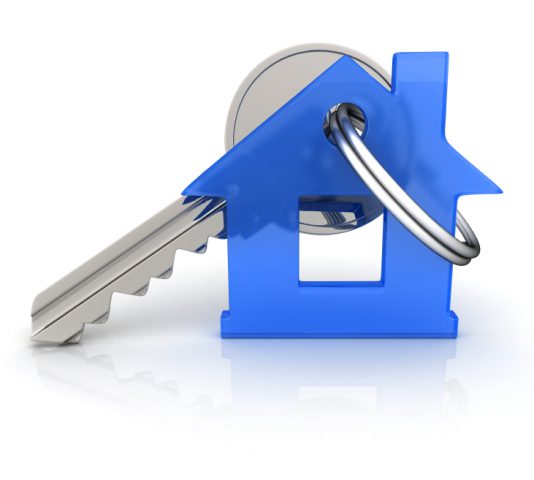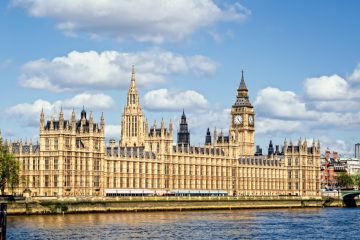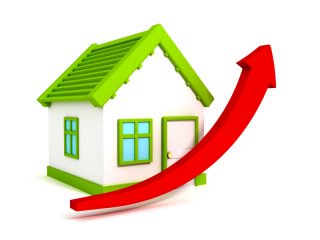Annual house price growth slows
New data from the Land Registry indicates that the average price of a UK property increased at its lowest annual rate since November 2013, with a recorded rise of 4.2%.
Rises
During August, house prices rose by 0.5% in comparison to July, bringing the average property value in England and Wales to £184,682.[1]
In addition, data from the report shows that the total number of transactions has decreased during the last twelve months. Between March 2014 to June 2014, there was an average of 73,985 sales per month, which dropped to 65,550 in the same three month period one year later.[1]
What’s more, the number of completed house sales in England and Wales dropped by 13% to 70,404, in comparison to 80,823 in June 2014.[1]
Regional rates
Regionally, data shows that the region with the greatest annual price increase is the East, where movement rose by 8.4%. London saw the top rise in property prices in August, with values increasing by 1.7%.[1]
The North West saw both the lowest monthly and annual property price growth, with prices falling 0.2% annually and by 1.4% in August. In total, the number of properties sold in England and Wales for over £1m fell by 17% to 1,031 from 1,237 twelve months previously.[1]
More positively, repossessions in England and Wales dropped by 43% to 498, in comparison to 868 in June 2014. Once again, the capital led the way, seeing the most prominent fall in the number of repossession sales.[1]
Encouraging
‘House prices are still rising, however it is encouraging to see some moderation in the rate of growth, with this being the slowest annual increase for two years, a statistic that will no doubt be well received by prospective buyers,’ said John Eastgate, Sales and Marketing Director of One Savings Bank. ‘With wage inflation now at a six year high, more moderate house price growth bodes well for the long-term health of the property market and it should help reduce some upwards pressure on affordability,’ he continued.[1]
Mr Eastgate believes however that we should, ‘avoid focusing too much on the short term,’ saying, ‘this month’s figures might show that price growth has slowed but the fundamentals are such that growth is inevitable over the long-term. Ultimately, the supply and demand imbalance will sustain property values. The UK is still desperately short of new housing, yet a combination of historically low mortgage rates and improving access to mortgage finance is sustaining demand.’[1]
Supply stagnation
Jeremy Duncombe, Director of Legal & General Mortgage Club, said, ‘the lack of supply is continuing to drive a wedge between house price inflation and earnings growth. He believes that, ‘as a result, homes are becoming increasingly unaffordable, putting them out of reach for many aspiring homeowners. The longer this continues, the larger the housebuilding deficit will become, making the housing crisis progressively more difficult to resolve.’[1]
‘It’s crucial that the Government and the industry work together to remove any barriers that may be limiting construction. Housebuilders are faced with a shortage of skilled workers, materials to build with, and land to build on. It’s great to see that the Government has announced a target of 1 million new homes by the end of this parliament, but this is unlikely to come to fruition until these housebuilding constraints are addressed. Construction has been insufficient for a number of years, and we need a long-term solution to this problem, rather than just a short-term pledge,’ Duncombe concluded.[11]
[1] http://www.propertyreporter.co.uk/property/annual-house-price-growth-stagnates.html









